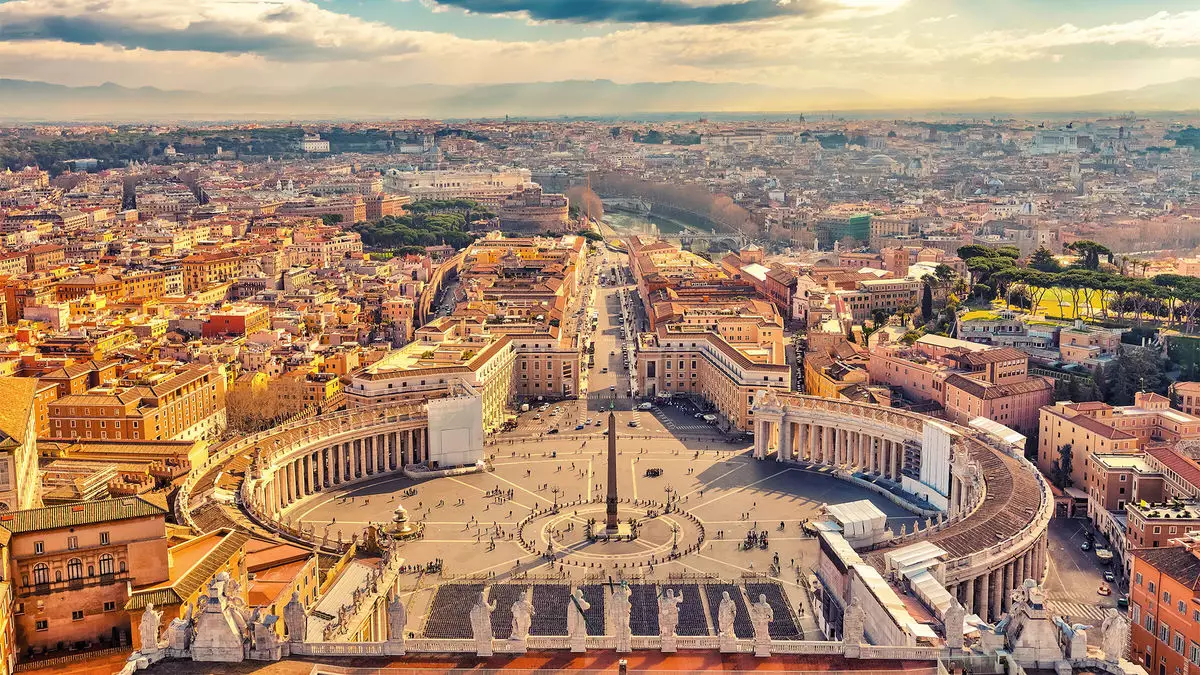The Vatican is at the center of a profound historical moment as cardinals prepare to elect a new pope following the passing of Pope Francis on April 21. This event, coupled with the ongoing Jubilee celebrations, is set to transform Rome into a melting pot of religious fervor and tourism. Those planning to visit Rome in the coming weeks should brace themselves for an influx of visitors as pilgrimages intersect with the heightened interest surrounding the papal election. The atmosphere is charged with emotion, reverence, and, inevitably, logistical challenges for travelers navigating this unique intersection of faith and culture.
As Italy gears up for what can only be described as a monumental year for tourism, travelers need to tread carefully. The Jubilee—a once-in-a-25-year celebration that runs until January 6, 2026—is expected to attract around 32 million pilgrims and tourists to Rome alone. This boom is not merely an occurrence but a well-calibrated push that the Italian tourism sector has banked on in both financial and cultural terms; they are deeply aware that disruptions could significantly impact their economy.
Optimism Amid Crowds: Managing Expectations
While travel operators forecast larger-than-normal crowds and certain site closures, such as access to the Sistine Chapel and St. Peter’s Basilica, the overarching sentiment is one of optimism. Experts, like Gregory Sylvain from Unitours, assert that despite the disturbances, tourism during this time will remain largely unaffected. This perspective comes from a long history of managing similar transitions during past papal changes, where the essential fabric of religious tourism remained intact.
Indeed, Italian businesses are acutely aware of their reliance on tourism; they view the challenges posed by the Jubilee and the papal election not as deterrents but rather as opportunities to show resilience. Tour operators like Perillo Tours and EF Go Ahead have expressed their commitments to maintain itineraries while providing travelers with real-time updates, adaptable plans, and alternate options to ensure a seamless experience amidst potential chaos. This dexterity reflects the industry’s experience and acknowledges the sanctity of this pivotal moment.
Challenges in Booking: The Complicated Maze of Accommodations
However, prospective visitors must keep in mind the complexities that lie ahead. The demand for hotel rooms is at an all-time high, with no vacancies in many areas expected as the Jubilee draws seasoned travelers and those hoping to attend the papal election. While the allure of witnessing such a significant moment in religious history is strong, the practical barriers cannot be ignored. Those contemplating last-minute trips may find themselves facing a daunting challenge, with long lines and potential shortages on available rooms.
Travel agents report an increased interest from clients eager to turn their travel dreams into reality despite these obstacles. This fervor speaks to a broader trend where emotional experiences in travel are valued more than traditional leisure outings. But navigating this terrain requires transparent communication from agents to set realistic expectations among clients—a skill that seasoned travel experts are honing effectively.
The Silver Lining: Uniting Pilgrimage with Historical Significance
Yet amid these challenges, there exists a silver lining, as many travelers are willing to brave the crowds for the chance to be part of a historical moment. The unique convergence of mourners, pilgrims, and Jubilee travelers creates an enriched tapestry of experiences. Visitors to Rome during these weeks will not just observe history; they will partake in it, adding a layer of depth to their journey that transcends traditional sightseeing.
For those who plan wisely, the influx of visitors to sites like St. Peter’s Basilica or Vatican Museums can be transformed into a collective experience that enriches their understanding of the Vatican’s significance and history. Travel advisors are skillfully crafting creative solutions to circumvent long waits and overcrowded sites, facilitating a spiritual and emotional journey for each traveler seeking meaning amidst the chaos.
In the swirling environment of Rome’s religious tourism, the confluence of historical significance and logistical complexity creates a new narrative for a generation of travelers. Those who embrace the beauty of pilgrimage while navigating through the anticipated hustle and bustle will undoubtedly find that the transformative power of faith and history lies just beyond the crowded streets.


Napsat komentář